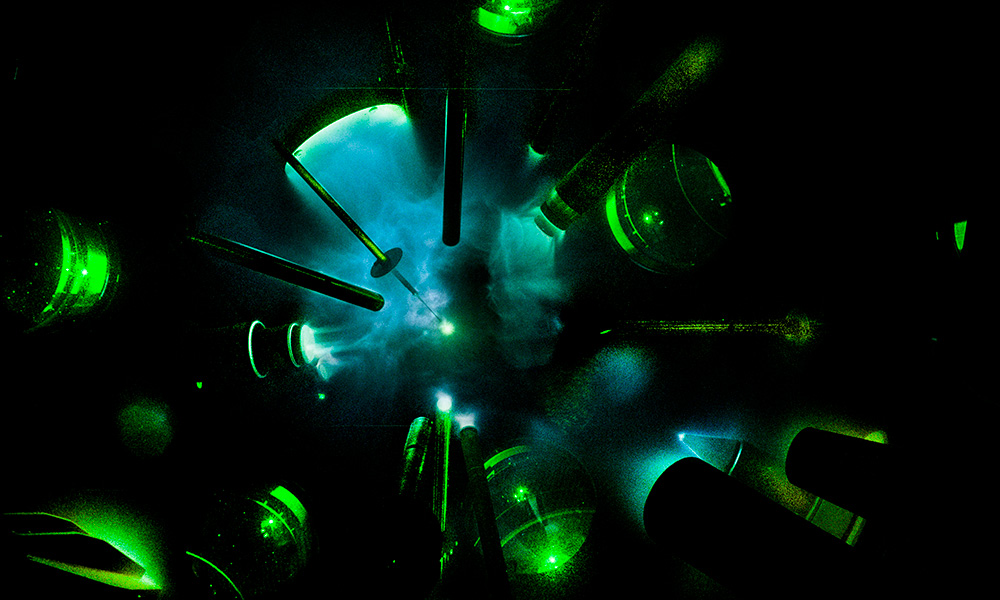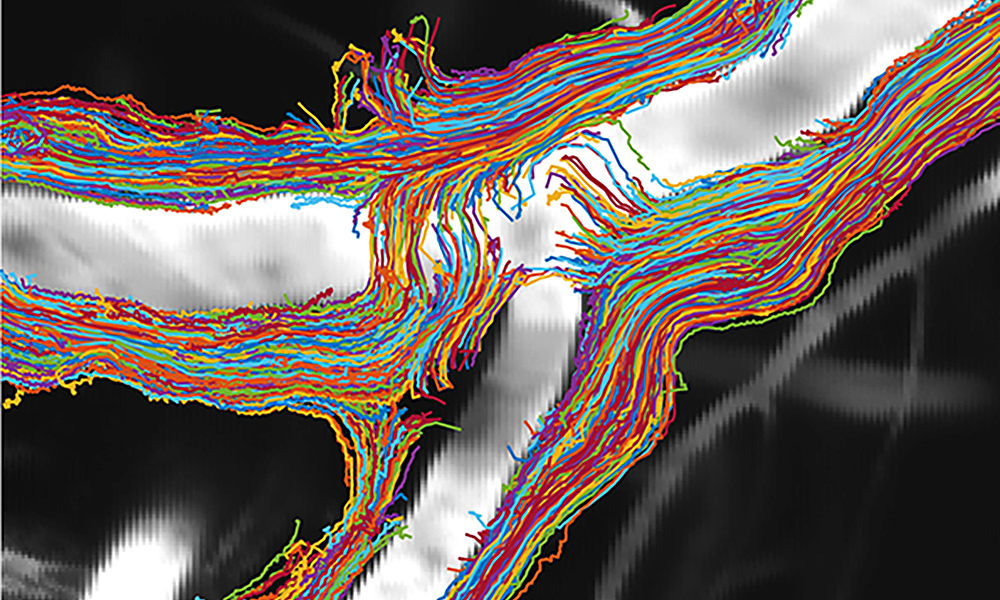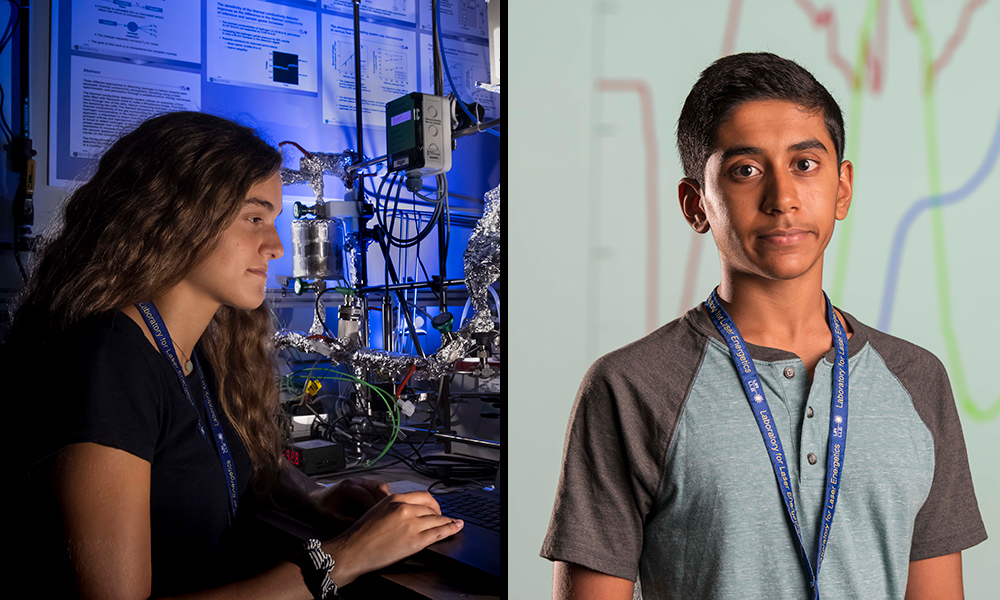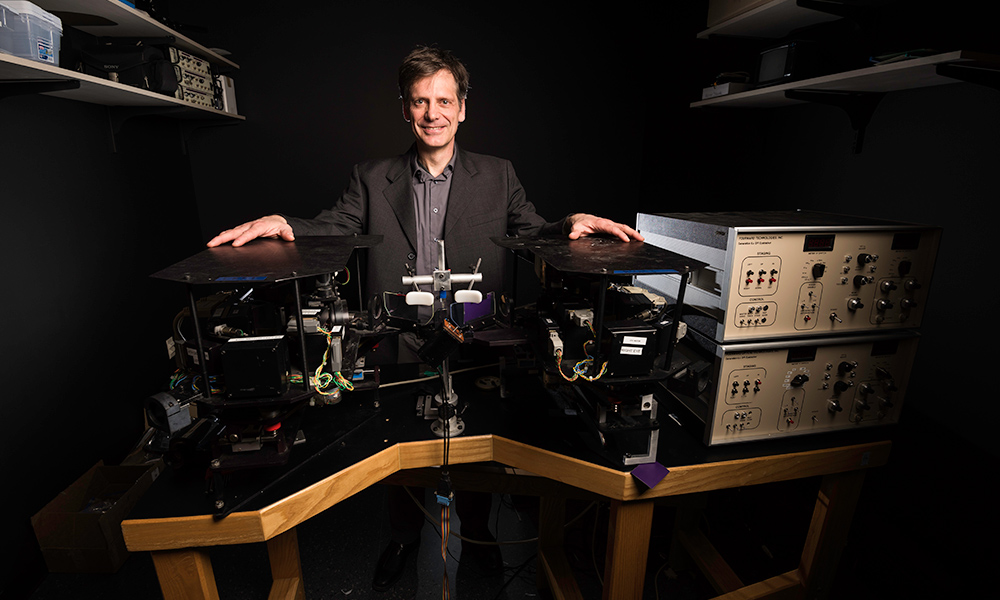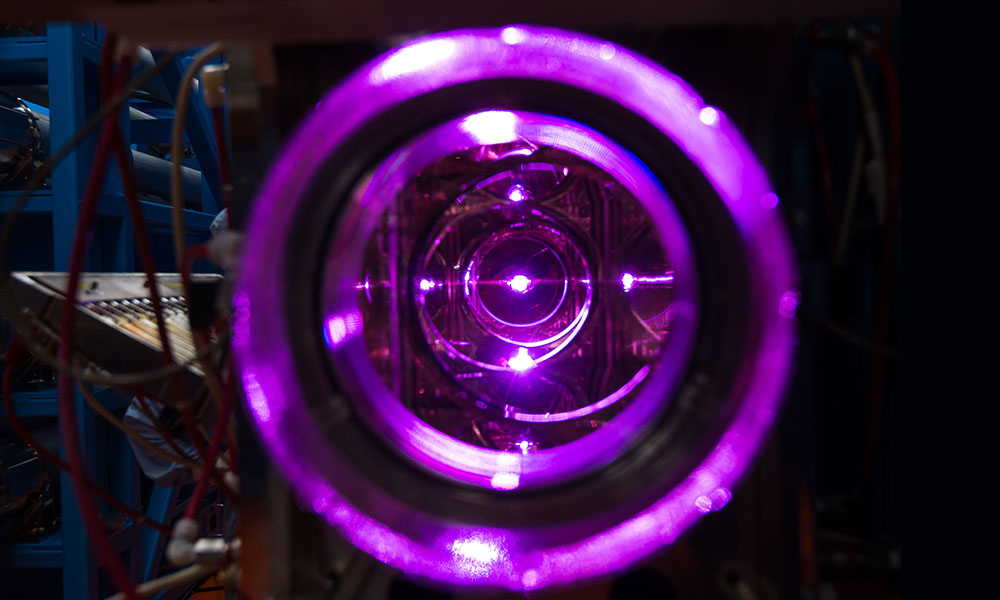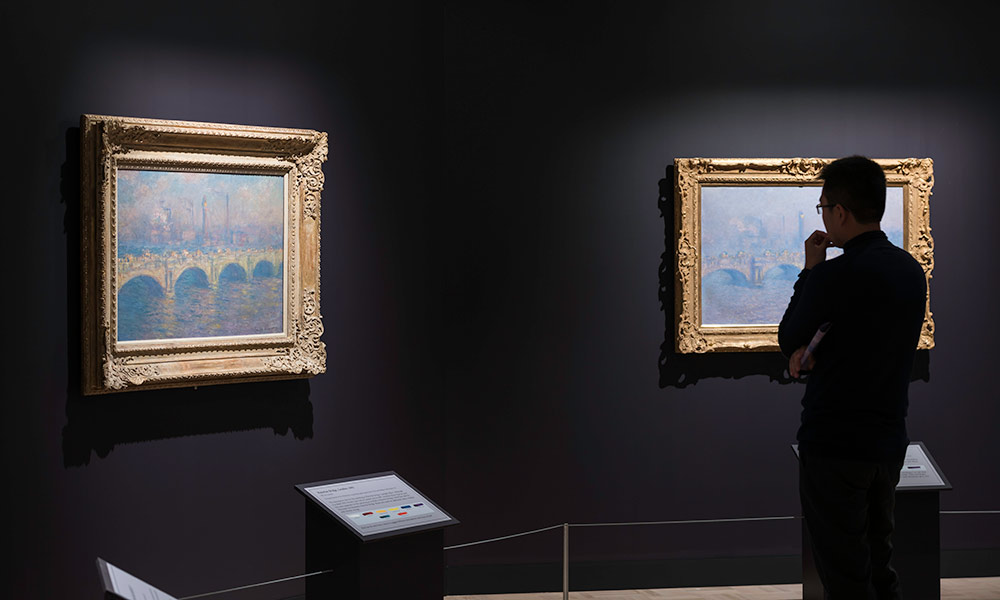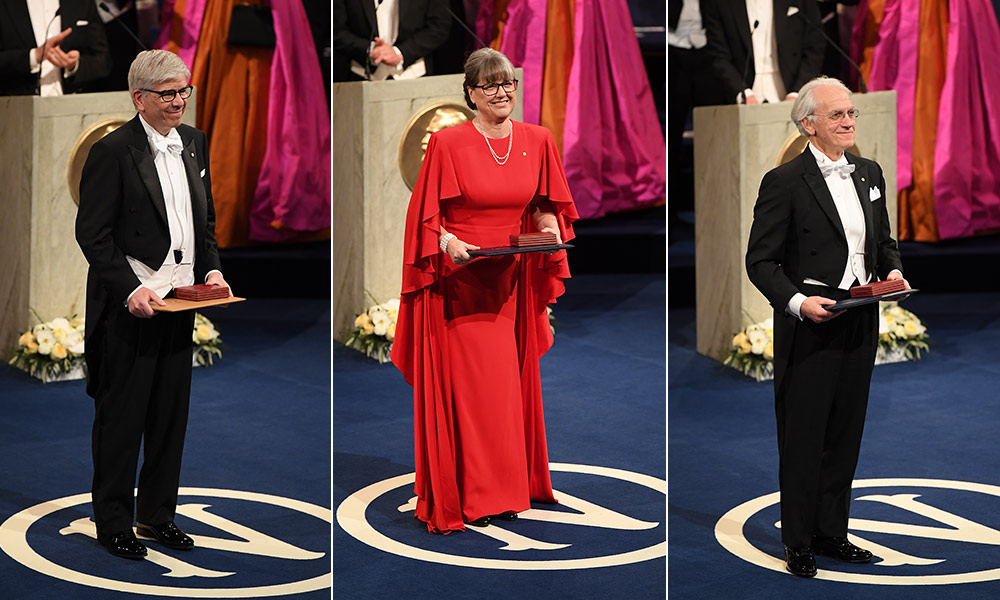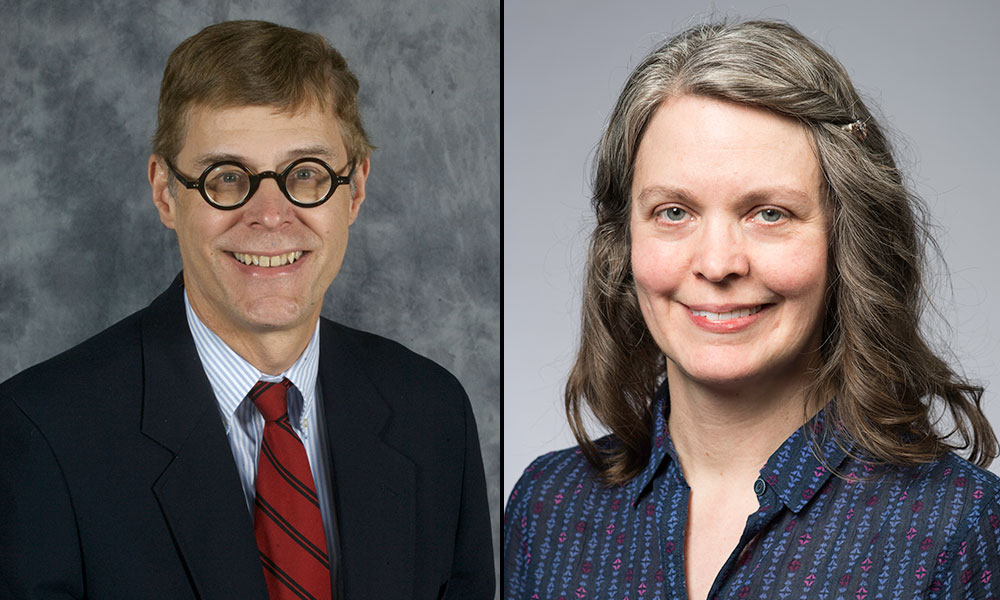Science & Technology
Rochester represents at Nobel Prize ceremony
December 6, 2018
Three scholars with ties to the University of Rochester received the Nobel Prize in their fields at the 2018 ceremony in Stockholm, Sweden. The Nobel Prize in Physics was awarded to both Donna Strickland ’89 (PhD) and her graduate advisor and former senior scientist Gérard Mourou, for work that paved the way for more compact and precise high-intensity laser systems. In addition, Paul Romer, a former assistant professor in the Department of Economics, has been awarded a shared Nobel Prize in Economic Sciences for his work in endogenous growth theory.


